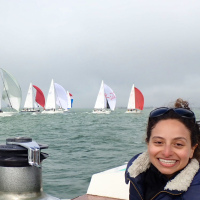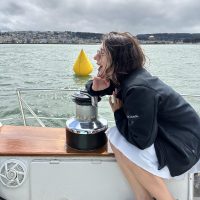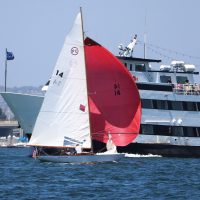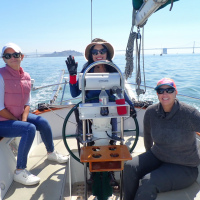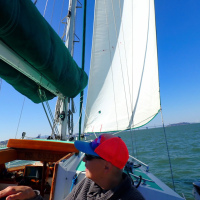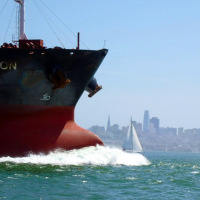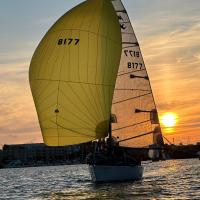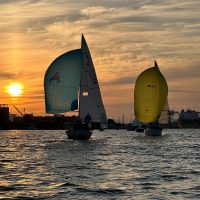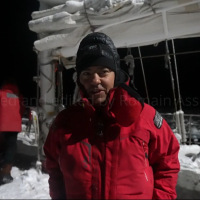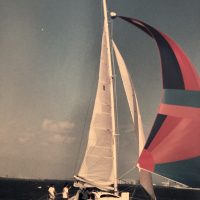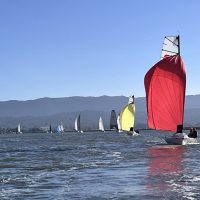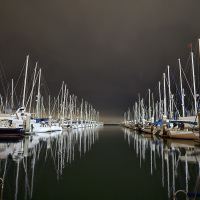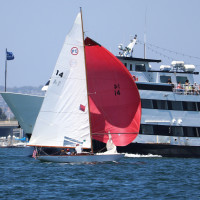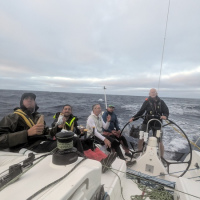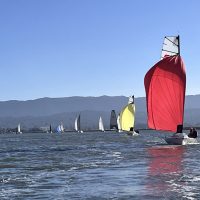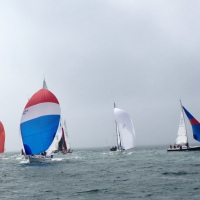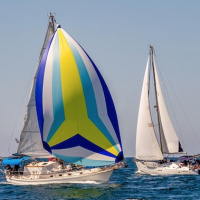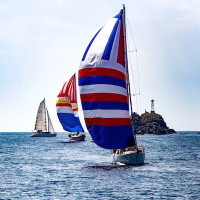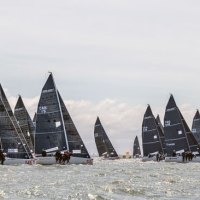
Good News: Oakland Projects Receive Funding for Estuary Cleanup
Tireless Oakland Estuary advocate Brock de Lappe alerted us to the news that the Oakland Estuary cleanup efforts will be boosted with over $3 million in funding from the NOAA Marine Debris Program through a new Bipartisan Infrastructure Law. The money has been made available through the Biden-Harris administration’s investment of more than $23 million in debris removal and pollution interception across 10 coastal US states, three territories and the District of Columbia.
The funding is helping a variety of locations, including Oakland, remove derelict boats and marine debris from their waters. Other projects aim to intercept trash and debris before it reaches the ocean.
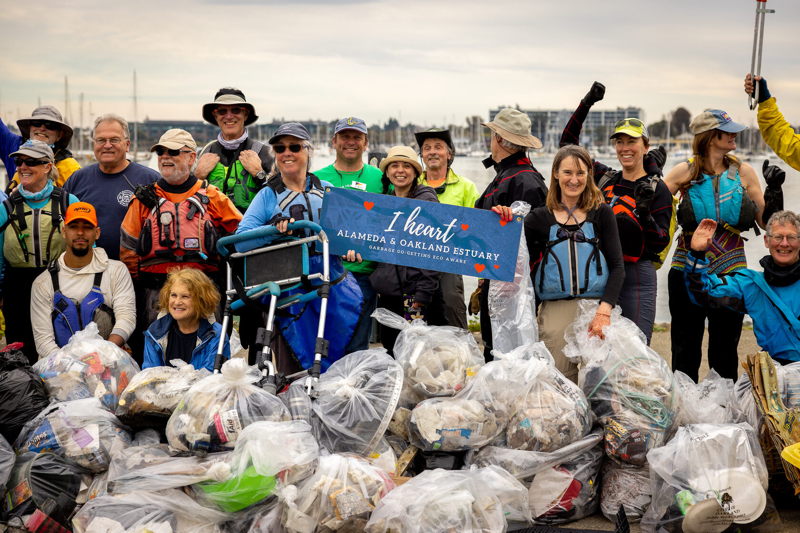
This $3,164,469 grant will fund the Oakland Police marine patrol unit and the community I Heart Oakland-Alameda Estuary program with critical funding toward removing abandoned boats, sunken wrecks and shoreline debris from the Oakland Estuary. I Heart Oakland-Alameda Estuary has been on the job for years with impactful citizen action keeping the Estuary clean so people can swim, sail, row, paddle and enjoy the Oakland-Alameda Estuary. Last April they hosted an Estuary cleanup for Earth Day, and they’ll be hosting another cleanup during the California Coastal Cleanup day, September 21. You can sign up to join them here.
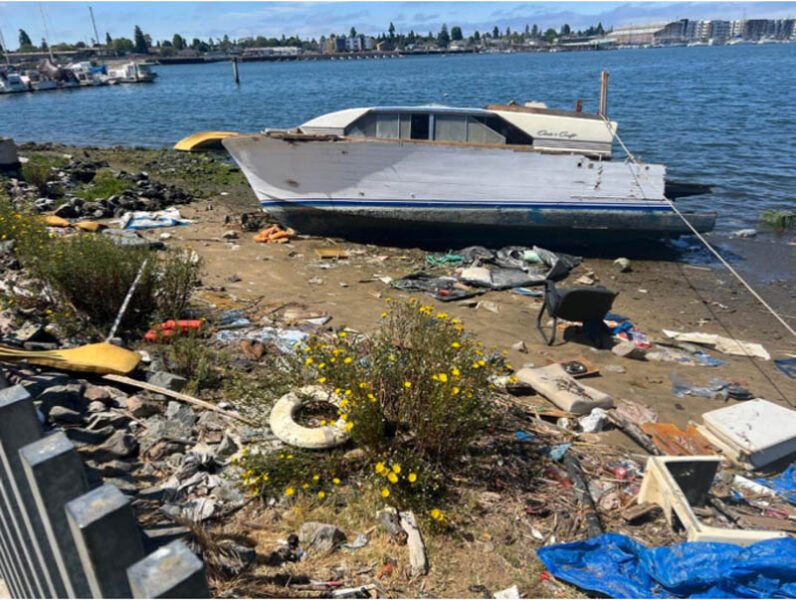
Oakland’s work was one of 13 multiyear projects throughout the United States to be awarded a grant from NOAA. You can read more about NOAA’s specific grant to the Oakland Estuary here.
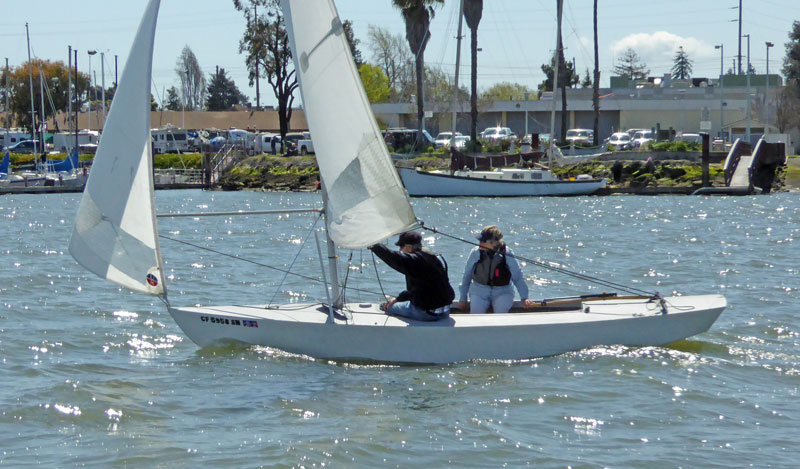
Brock offered tremendous thanks to Oakland Port Security Officer Kaleo Albino, Oakland Deputy City Administrator Joe DeVries and Mary Spicer, director of I Heart Oakland-Alameda Estuary, for their efforts to obtain this grant. Partners in the project also include Hobie dealer California Canoe & Kayak, the East Bay Rowing Club, Oakland Parks and Recreation Foundation and the City of Oakland.
Sailors on both sides of the Estuary appreciate the efforts of everyone involved to restore the Estuary to a clean, vibrant, welcoming place for all.
Sailagram: A Snapshot of August Sailing
Thanks to everyone for the photos of August’s sailing adventures. In this gallery we’ve included some of the pics sent in for stories, so you may have seen some of them before. But hey, we all love a good sailing photo, so here they are again — from Mexico to California, Australia to the Pacific, it’s a fantastic snapshot of August sailing.
With all the racing scheduled across September, we’re hoping for a good selection of photos for our next Sailagram gallery. Add them here: https://www.latitude38.com/sailagram/. And please remember to include the photographer’s name and hailing port.
Visit Crescent City Harbor
The Resourceful Sailor: Skyed Halyard Retrieval Made Easy
Does a skyed halyard require a trip to the top of the mast? Not necessarily. I recall the dread and disappointment the first time a shackle went aerial. Now, it is only a minor inconvenience. This installment will discuss an alternative technique for reeling in a lofty runaway that works on Sampaguita, a 1985 Pacific Seacraft Flicka 20 sailboat.
In the case of Sampaguita, two advantages contribute to a relatively quick and easy halyard retrieval. First, I doubled the headsail and mainsail halyards to prepare for offshore sailing by leading them inside the mast. Second, these pairs exit the masthead close to each other. For example, I retrieve one headsail halyard with the other. Here is how:
I cut a 6-inch wire segment from a coat hanger, feeding it through the eye splice for the shackle of the second halyard. Bending secures the wire and makes grapple-like hooks. With a messenger line attached, I hoist the assembly up to the masthead, flicking the messenger about until the wire hooks catch on the skyed shackle. Then, I carefully pull them down together.
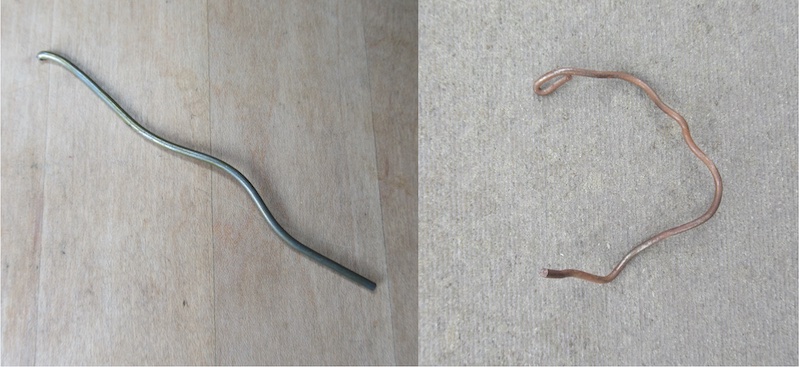
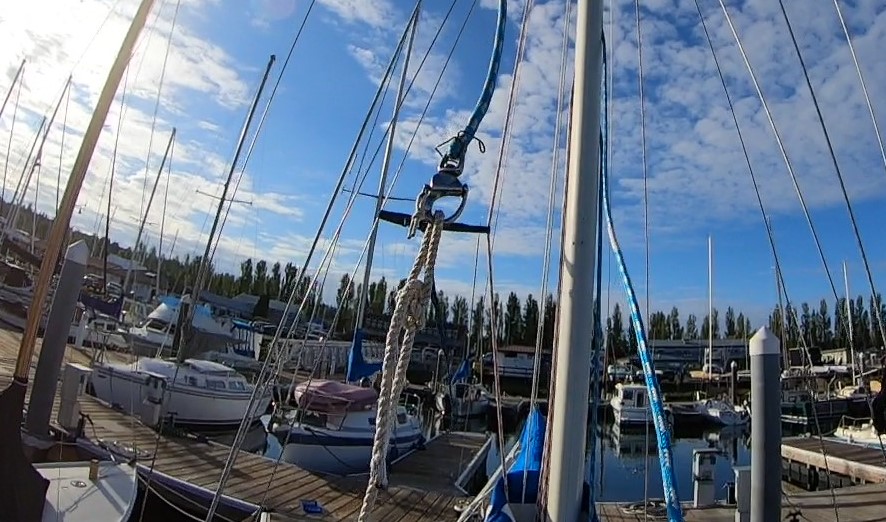
Retrieval has been successful every time a halyard was skyed — sometimes on the first try, sometimes after 25 minutes. My confidence is strong enough that I purposely did it to make the following video.
Many boats are without double halyards, and double was not always the case with Sampaguita. A spinnaker halyard may work for the headsail or a topping lift for the mainsail. Each boat owner will need to assess the options on their vessel.
The original motivation for installing double halyards was preparation for a skyed or broken one. I attach the second to the sail and keep going. Being able to use the same spare halyard to retrieve the skyed one came as a surprise bonus.
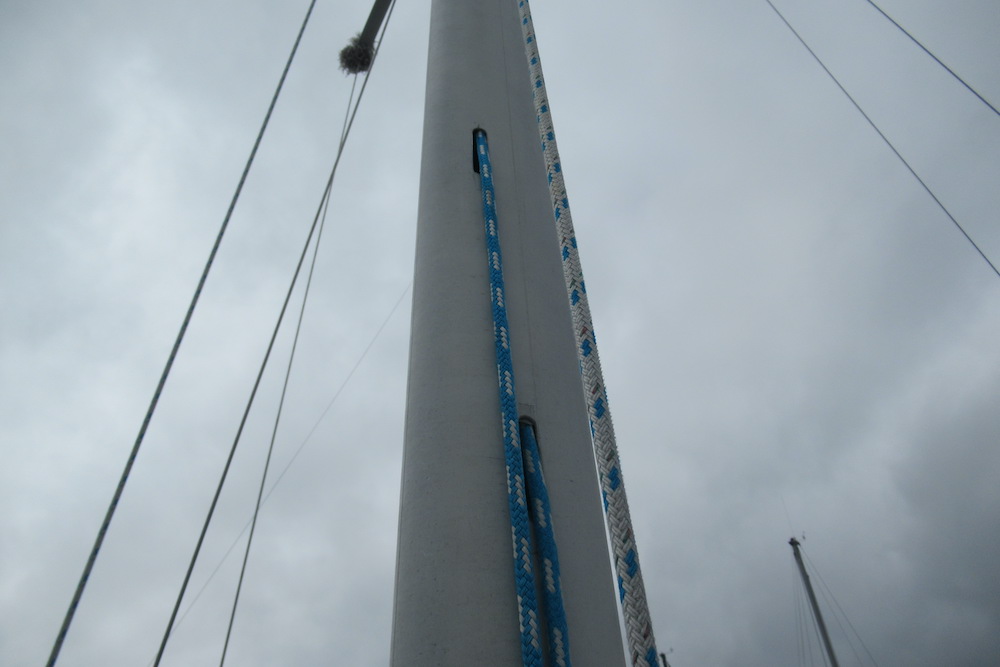
While writing this, I searched the internet for “skyed halyard” and watched a few videos. Though I came upon this idea independently, I discovered similarly simple solutions. I hope you can find a way that works for your boat.
The Resourceful Sailor believes everyone should be able to climb and inspect their mast, but it is not without time, effort, and risk. However, retrieving a halyard may be faster, easier, and safer from the deck. Remember, keep your solutions safe and prudent, and have a blast.
Jack van Ommen’s Completed “Fleetwood III” Is for Sale
We received an email from Jack van Ommen this morning:
“Dear Family and Friends,
It’s Friday the 13th. The three summers spent repairing Fleetwood III are done ….” Van Ommen has completed his work on the Waarschip and has listed her for sale. “A perfect home for long European holidays and to do the canals with the mast down.” He is now on the search for his next venture, Fleetwood IV.
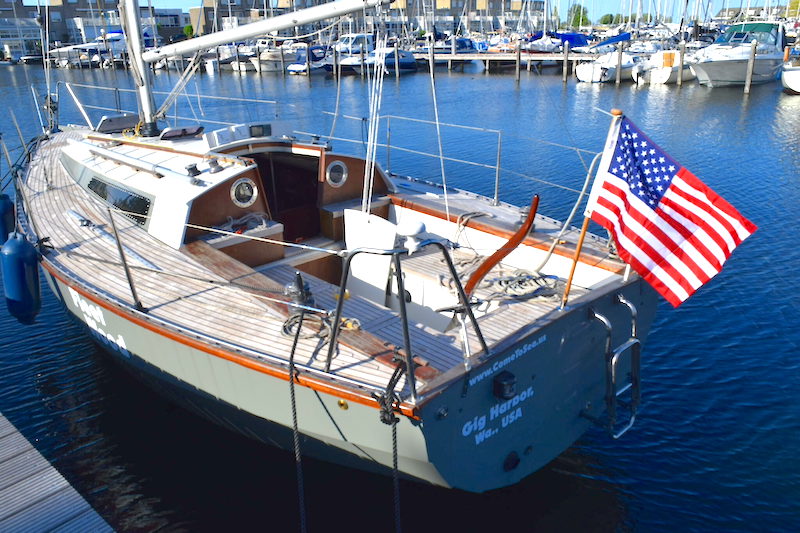
“Please, check out the ad I just placed on my website and share with anyone that may have an interest,” van Ommen writes on his blog. “I booked my flight for a visit to the home port, arriving Sea-Tac on November 15. With a return on March 28. But I hope that I may not need the return portion if I can find the replacement that I still intend to use for my wild plan to try and break the current [age] record of 89 years to complete another solo circumnavigation.”
We’ve been writing about the octogenarian circumnavigator for many years. After his second Fleetwood was lost on a reef in Cuba, van Ommen set about refitting Fleetwood III, a 30-ft Waarschip. “We have been getting acquainted and she’s a keeper,” he initially wrote.The boat revealed her true condition only after the purchase, and van Ommen changed his tune to, “she’ll be a piece of work for a while.”
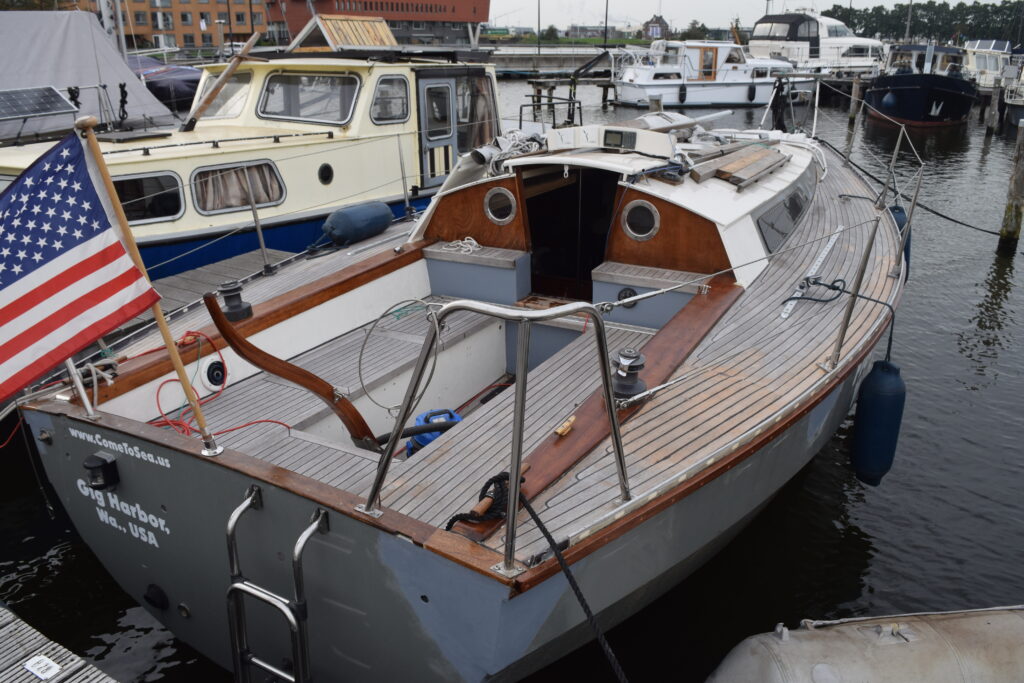
Now, the hard work is complete and Fleetwood III is ready for her new owner. “No leaks anymore.”
Even after all the work, van Ommen is still in the market for a wooden boat. “No longer than 32-ft, lightweight, sails easy to handle by a geriatric.”
“How would I justify Fleetwood IV on a Tupperware boat?” he continues. “I’m still hoping to find the missing Canadian sister of Fleetwood I and II, Soul Fisher, and the boat I almost bought in Port Townsend, last winter.”
See details and pictures of Fleetwood III and her sale advertisement here: Fleetwood III For Sale in Amsterdam.

